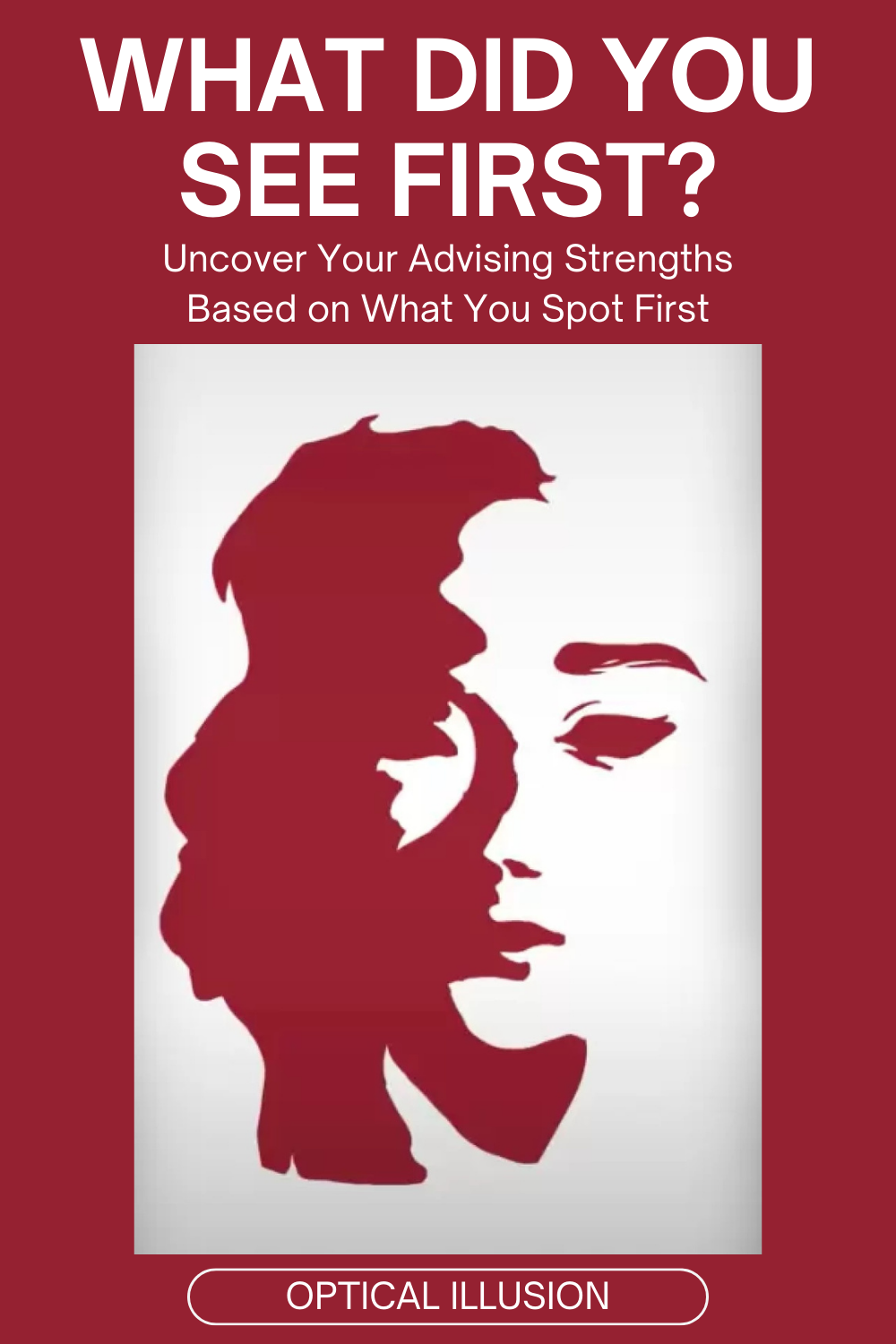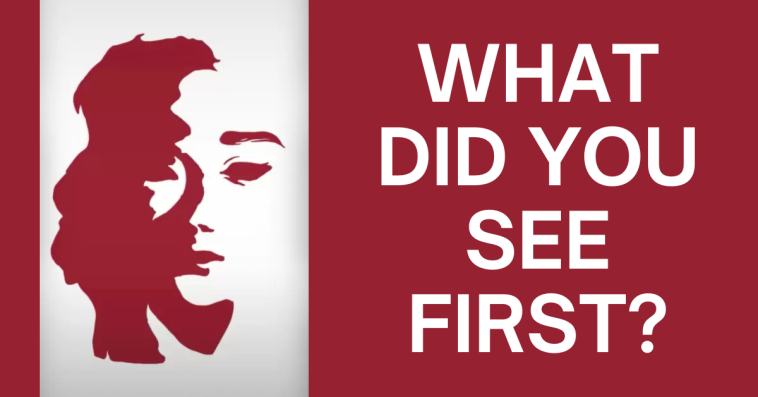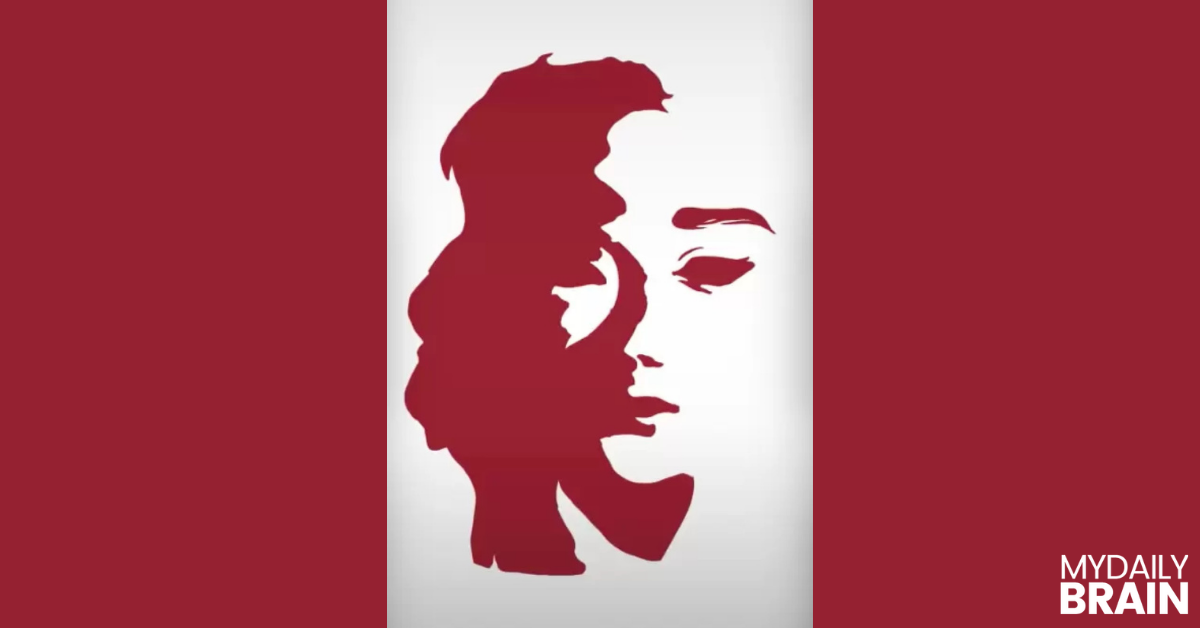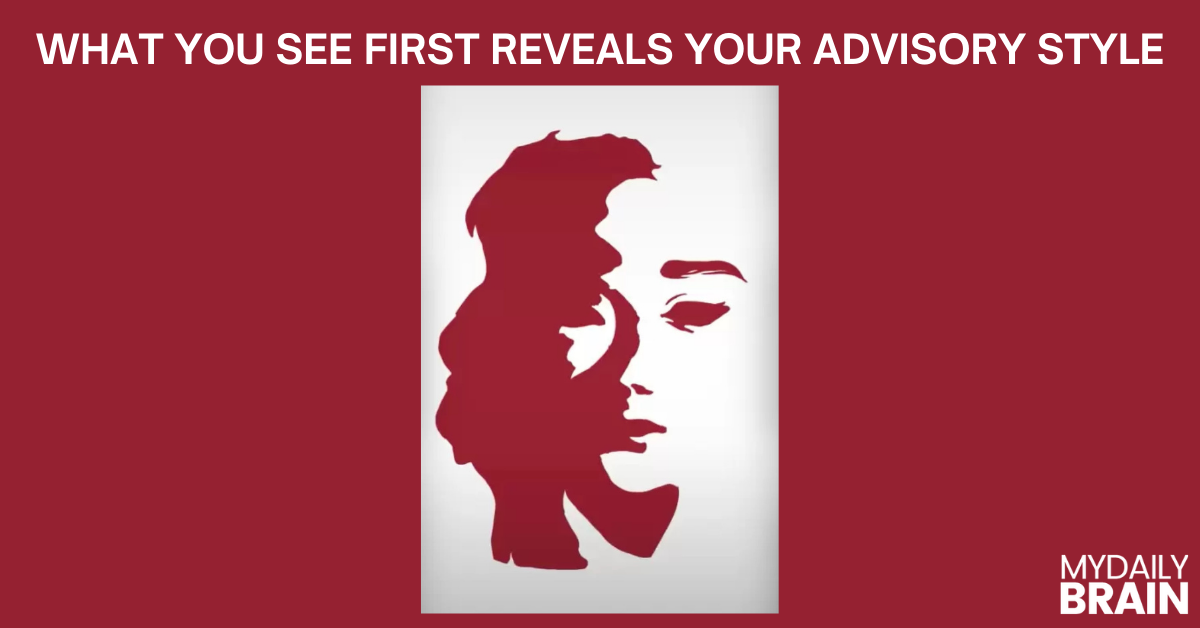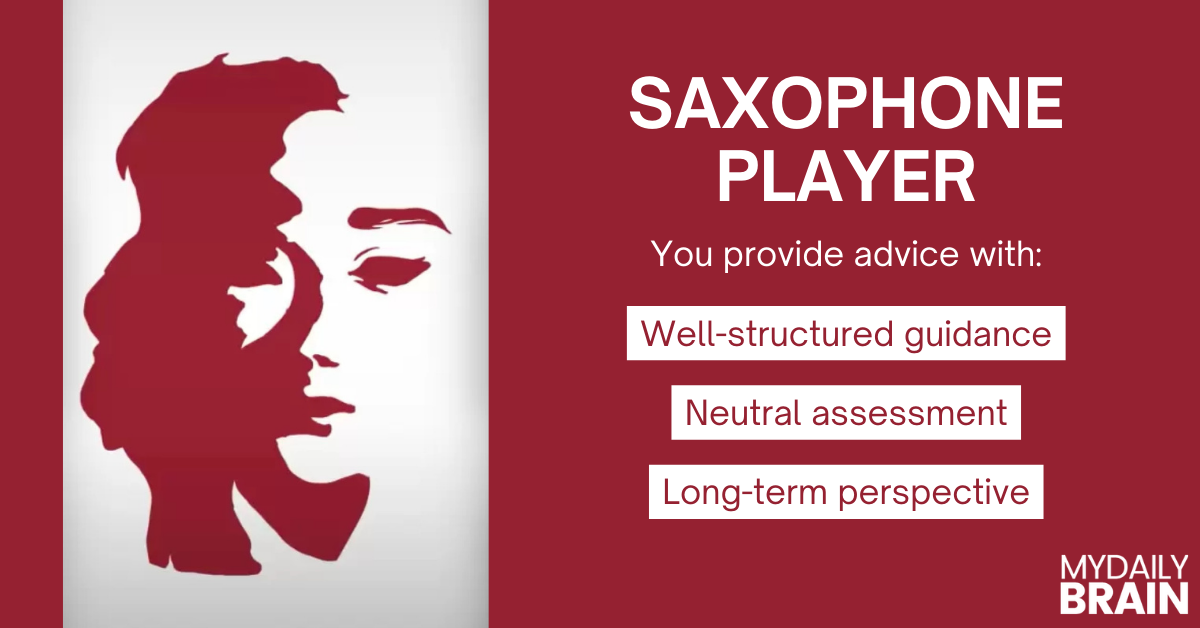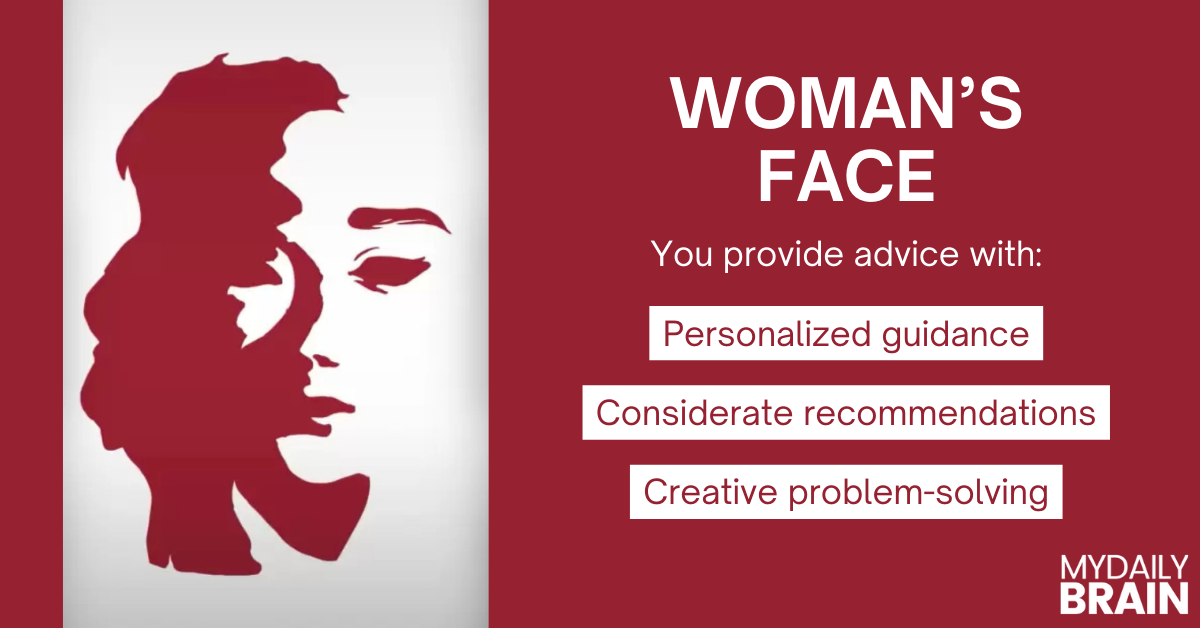Ever wondered if you have a knack for giving sound advice? A fascinating optical illusion might hold the key to uncovering your advising potential.
Take a close look at the image below. What do you see first?
The Connection Between Optical Illusions and Personality
Have you ever wondered if optical illusions hold a deeper meaning beyond their intriguing visual trickery? Well, it turns out that these mind-bending images may actually offer insights into our personalities and hidden desires.
Today, we’ll explore a fascinating optical illusion that delves into your advising potential. As you engage with this illusion, you’ll uncover whether you possess the qualities of a trusted advisor.
But before we dive into the illusion, let’s examine the intriguing connection between optical illusions and personality tests. Psychologists and psychiatrists often utilize these visual puzzles as tools to delve into the depths of the human mind.
Optical illusions, in a way, act as a gateway to our subconscious, revealing hidden traits and thought patterns that we may not even be aware of. By observing how we perceive and interpret these illusions, experts can gain valuable insights into our personalities and decision-making processes.
Now, let’s return to our optical illusion test. Take a close look at the image provided and identify what you see first.
Decoding the Optical Illusion
Ready to delve into the meaning behind your optical illusion experience? Let’s explore the possible interpretations of what you saw:
The Saxophone Player: A Symbol of Analytical Prowess
If you saw the saxophone player first, you might possess a strong inclination toward analytical thinking. You tend to approach advice-giving with a methodical approach, considering all aspects of a situation before offering guidance. Your ability to break down complex issues into smaller components and articulate your thought process allows you to provide well-structured and logical advice.
Benefits of Analytical Advisers
- Well-Structured Guidance: You provide well-structured advice that helps others make informed decisions.
- Neutral Assessment: You offer a neutral and unbiased assessment of situations.
- Long-Term Perspective: Your advice often considers the long-term implications of decisions.
The Woman’s Face: A Portrait of Intuitive Wisdom
If you saw the woman’s face first, you might possess a strong inclination towards intuitive and empathetic decision-making. You possess a heightened sensitivity to others’ emotions, allowing you to understand and connect with them on a profound level.
Benefits of Intuitive Advisers
- Personalized Guidance: Your empathetic approach ensures that advice is tailored to each individual’s specific needs and circumstances.
- Considerate Recommendations: Your intuitive insights guide individuals towards solutions that align with their values and aspirations.
- Creative Problem-Solving: Your imaginative approach helps people break free from conventional thinking and find innovative solutions.
Final Thoughts
Regardless of what you saw first, both perspectives can prove valuable in the world of advice-giving. The key lies in striking a balance between logic and intuition to offer well-rounded guidance.
So, how did you fare in this optical illusion test? Whether you saw the saxophone player or the woman, remember that your advising skills are shaped by a combination of your natural inclinations, experiences, and willingness to learn. Embrace your unique strengths and continue to hone your advising abilities to become a trusted source of wisdom for others.
Remember, both analytical thinking and intuition play valuable roles in effective advice-giving. Share this post with your friends and family to discover their unique advising strengths!
